Project Description
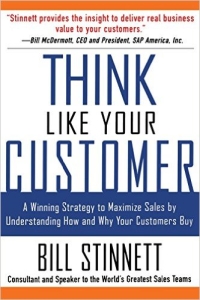 Subtitle: A Winning Strategy to Maximize Sales by Understanding How and Why Your Customers Buy
Subtitle: A Winning Strategy to Maximize Sales by Understanding How and Why Your Customers Buy
By: Bill Stinnett
Overall: This book is great for sales people.
Notes:
- Easier to sell something if it’s structured in a way to help them to achieve what they want to achieve.
- Also look at who can influence the buying process.
- Help customers to match their needs with our capabilities.
- Build credibility to knowing more about their analysis and industry.
- Needs can go unfulfilled forever.
- Customers buy what they need in order to get what they want.
- Six Key Questions or Action Drivers:
- Motive for leaving A and moving towards C
- Urgency to arrive at C
- Payback or return from moving to C
- Consequences for staying at A
- Available resources or the means to make the trip to C
- Perceived risks involved in proceeding to A
- Buyer urgency that’s driven by their desire is a big reason things fail
- Problem with sales professionals is they talk about their product, not about what the product can help the customer do:
- Customers want business solutions: sell more, spend less, do more with less.
- Make your functional capabilities with the businesses tactics to achieve their goals.
- Trust can help to sell work. Earn trust by:
- Reducing perceived risk increases perceived value.
- Communicating with your customer should be 80% listening and 20% asking questions.
- Leave laptops in the car. The less you bring in to a meeting the better.
- Large bags mean you’ll bring something.
- This lets your customers know that you are going to spend more time listening than showing.
- Be ready to take notes.
- Ask what you like best about XYZ, but make sure to wait a full 5 seconds before talking.
- Usually they follow that up with negative comments.
- Most versality phase you can use is “why do you say that John (input client name)?”
- It communicates that we care.
- Don’t just do things for free:
- Expect your client to fulfill their end of the bargain.
- Individuals buy things when they want to; companies buy things when they have too.
- Motives to buy:
- Planned replacement.
- Unplanned replacement.
- New purchase of something they need to keep up.
- New purchase of something they need to get ahead.
- Until a customer signs a purchase order, the customer has not made the decision to buy.
- Best buying decisions are made with the end in mind.
- Establish timelines. Ask questions. Establish consequence
- What bad thing will happen if we aren’t up by X date? Over time, mgmt starts to put things off.
- Only use references as the last step before committing.
- It just adds work. Make sure it’s the last hurdle before moving forward. No maybe’s count.
- In most cases, they just want to know that you have real customers.
- Never give a writen proposal without a verbal agreement.
- Why would someone buy from us if they wouldn’t talk to us.
- Find someone who will gain something important if your product aids in their success.
- Some times the best way to sell something is not to sell it at all, but to just use it in plain site.
Value Notes:
- When our value disagrees with our customer’s perception of value, we can either lower price or increase perception.
- No standard measure of desirability.
- Perceived value is based on the average perception. See the following value indicators:
- Economic, time, quality, political, relational, simplicity, emotion.
- Make sure to match up to one of these values when selling to the customer.
- Economic, time, quality, political, relational, simplicity, emotion.
- Economic value: businesses are much better at assessing this than consumers. The counterpart is risk.
- Advice: remind your customer about the great advice that you bring to the table. When they get your help, they may want to flee, but remind them that they will need your help again in the future.
- Need to deliver these values as a package.
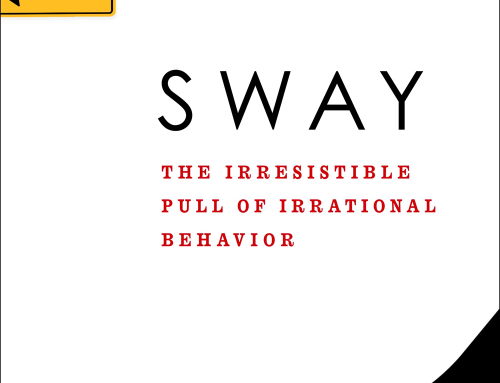
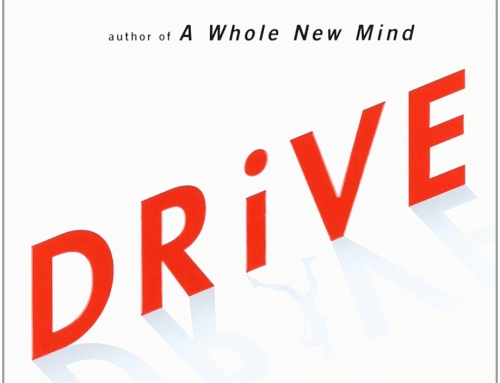
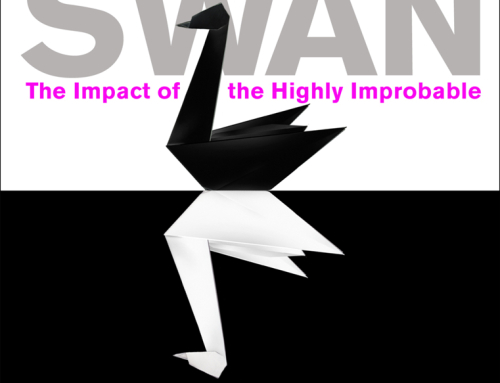
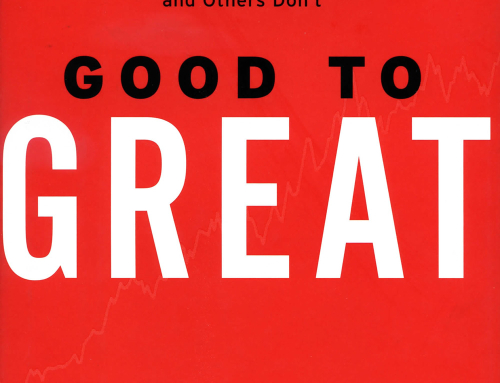

Leave A Comment